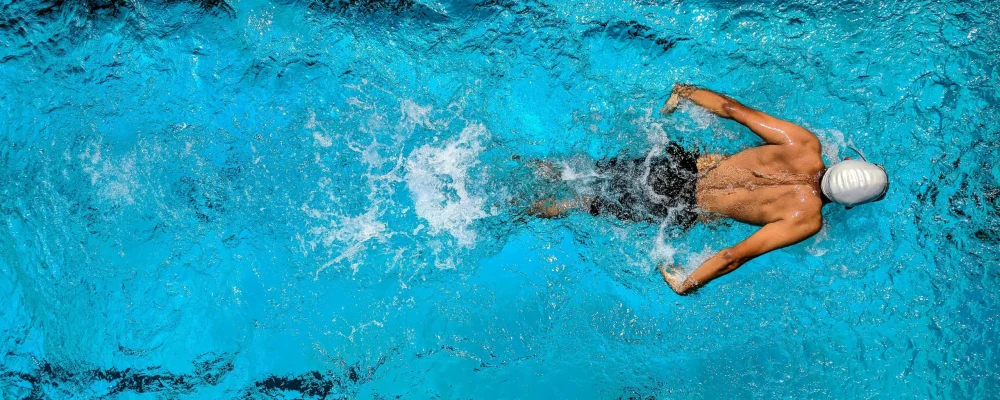
Maintaining the correct salt concentration is critical to the efficiency and lifespan of your saltwater chlorinator. If you’re unsure about what “ideal” actually means in terms of ppm (parts per million), this guide will help clarify the target range and how to stay within it.
Saltwater pools typically require a salt concentration between 2700 and 4500 ppm, with most systems performing best around 3200–3500 ppm. This salinity level is significantly lower than seawater (which is about 35,000 ppm), making the water gentler on skin and eyes.
To keep your pool’s salt level in check:
Important: Never add salt blindly—always test first. Over-salting is harder to correct than under-salting.
At Troxlly, our salt chlorinator systems are optimized for a salinity range between 3000 and 4500 ppm. This range ensures:
All Troxlly models feature built-in salinity monitoring, with alerts for low or excessive salt levels, helping you stay on top of pool chemistry without guesswork.
Bottom Line
Maintaining the proper salt level isn’t just about water quality—it’s about protecting your equipment and keeping your pool safe and enjoyable. Keep testing, make gradual adjustments, and trust that your Troxlly system will do the rest.
